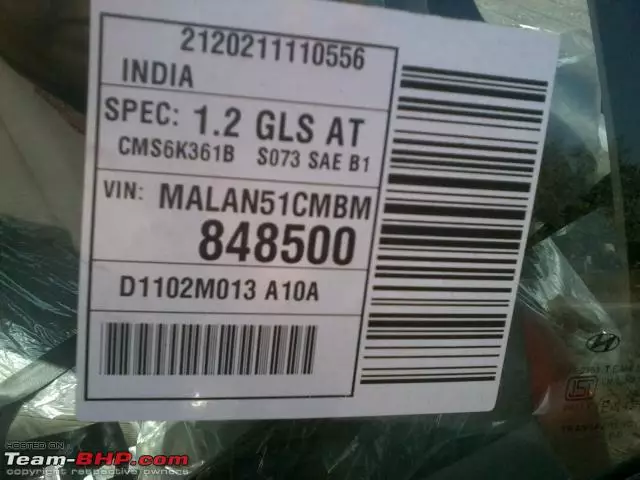- Author Maria Gibbs [email protected].
- Public 2023-12-16 03:05.
- Last modified 2025-01-22 17:47.
Form 1-ТР (motor transport) - all legal entities using motor transport on the farm, be it their own or rented / leased, must submit a year. If an enterprise has a road on its balance sheet, it also submits this form.

It is necessary
form 1-TR (motor transport) - year
Instructions
Step 1
On the title page of the form, the organization puts down its name (full and short), as well as the postal address, including the zip code. At the bottom of the page, the OKPO code is indicated.
Step 2
In section 1.1, all reporting entities indicate their own rolling stock availability at the end of the year. Cars of all types, brands, models and their modifications, regardless of the technical condition and location of the cars, are subject to accounting. Separate lines are intended for accounting of trucks, depending on the carrying capacity and the type of fuel used; passenger buses depending on the type of fuel; passenger cars; pickups and light vans; trailers and semi-trailers, as well as special vehicles, which include vehicles equipped with special equipment for a purpose other than the carriage of goods or passengers (for example, fire trucks, hearses, collection vehicles, etc.). For almost all types of transport, the total number and number of technically serviceable vehicles is indicated, that is, not being repaired and not intended to be written off; as well as the total cargo / passenger capacity and equipment for satellite navigation (GLONASS / GPS).
Step 3
Section 1.2 is intended for information about rented or leased vehicles. Separate columns are reserved for rented vehicles and rented vehicles. Both lessees and lessors indicate the total number of relevant transport units and their carrying capacity / passenger capacity, separately highlighting the number of cars rented (leased) from individuals. All information is indicated separately for different types of transport. They are listed on the form.
Step 4
Section 1.3 provides information on the use of all vehicles in operation, both their own and rented. The vehicle-day indicator is applied. For the line “Car occupancy at the disposal of the company”, this indicator is calculated by summing up all calendar days of stay at the company of each individual car during the reporting year. For the line “Car stay in work”, car-days are determined by summing up the number of cars produced on the line for each day of the reporting year.
Step 5
Section 2 indicates the number of own vehicles (separately trucks, cars and passenger), depending on the period of their stay in operation, counting from the moment of release by the manufacturer.
Step 6
In section 3.1, all reporting organizations indicate data on the operation of trucks: how much cargo was transported, total cargo turnover and mileage. Separately highlighted indicators of work carried out on a commercial basis for a third-party customer. Information on the transportation of goods and cargo turnover is provided regardless of whether this activity is the main one for the company or not. Only transportation on public roads is considered, so-called technological transportation (within the territory of the object) is not taken into account.
Step 7
Section 3.2 indicates the passenger turnover, the number of passengers carried and the mileage of passenger transport, if the organization had such an activity.
Step 8
Section 4 is reserved for financial indicators, here the income and expenses of the enterprise from the operation of motor transport are indicated, separately for each species group. Rental (leasing) income is not considered operating income.
Step 9
Finally, section 5 is filled in by organizations that have roads on their balance sheets. The total length of roads at the beginning and at the end of the year is indicated, the length of paved and improved roads is separately highlighted.
Step 10
Form 1-ТР (motor transport) - the year is certified by the signature of the person responsible for the provision of statistical reports. This is usually the head of the enterprise.






